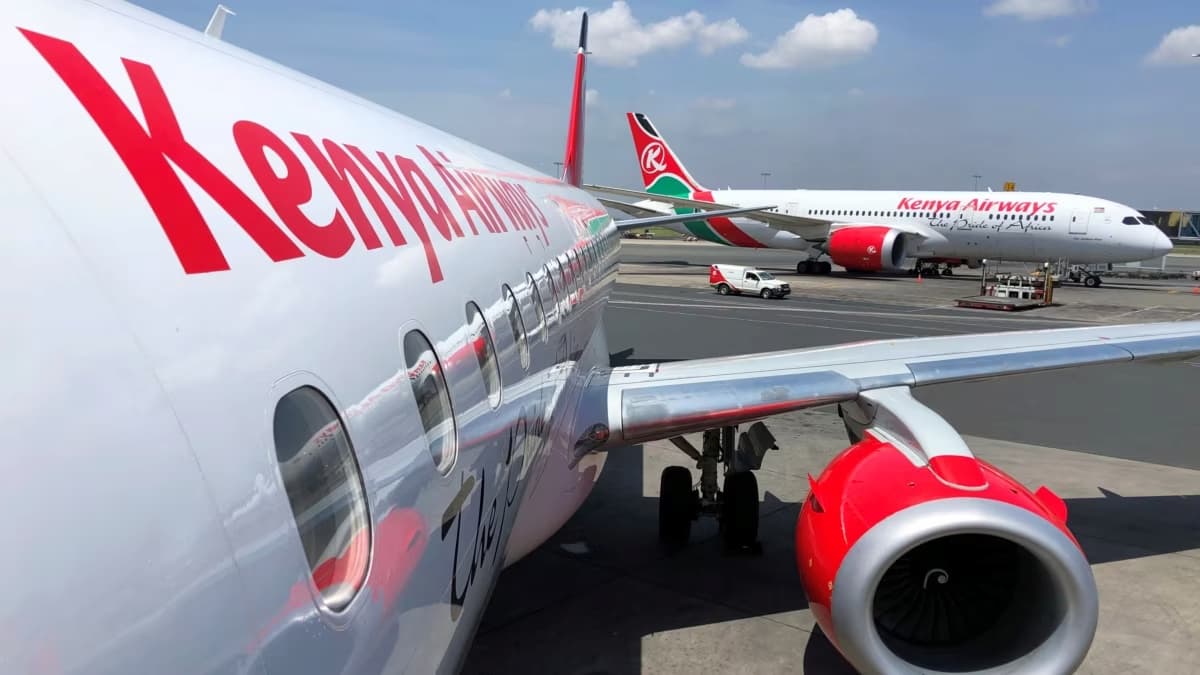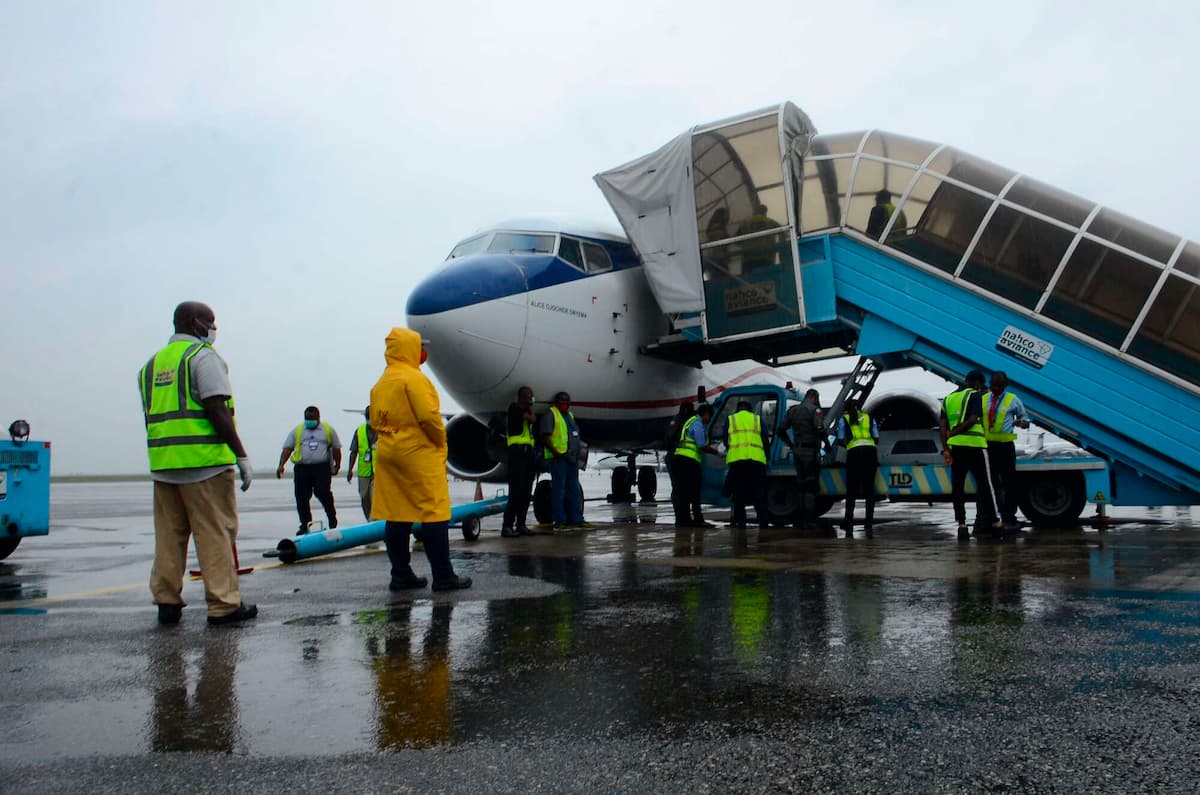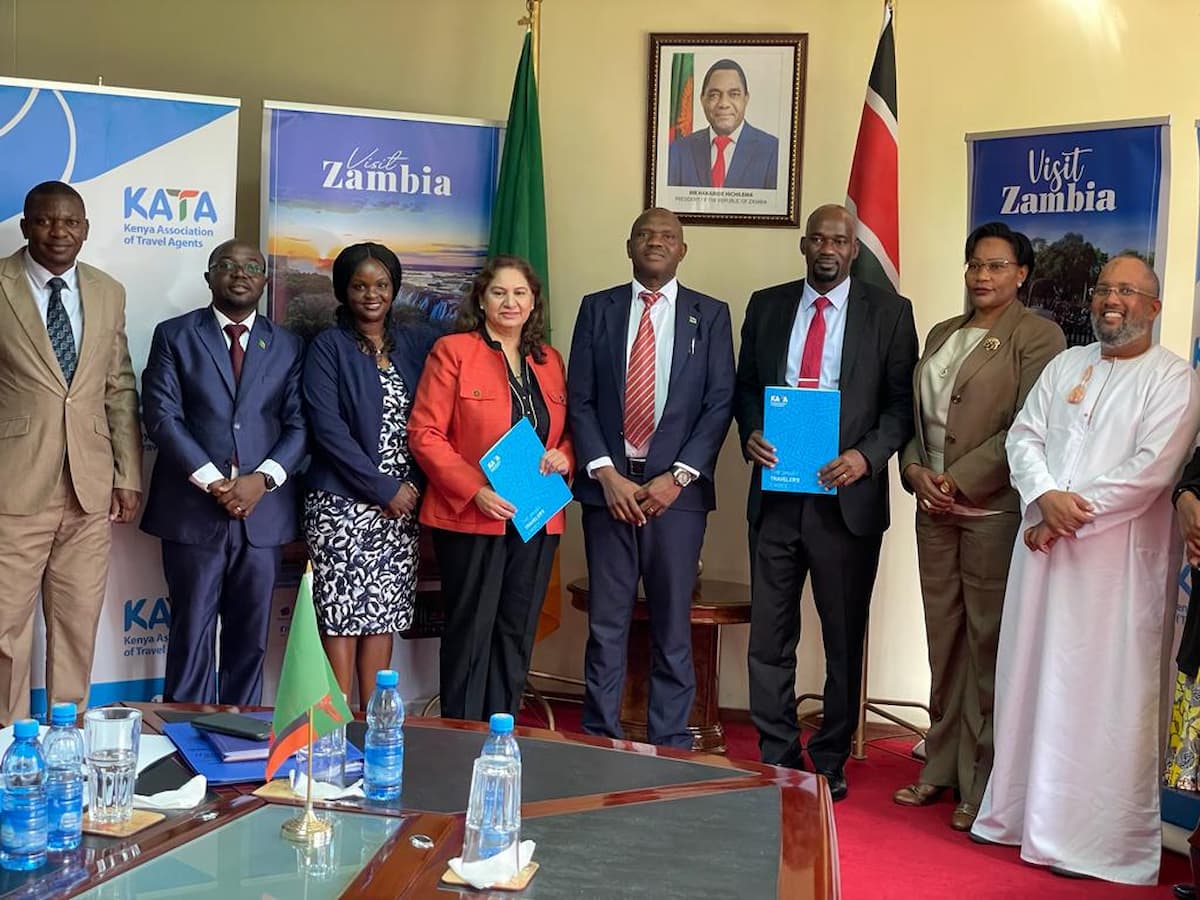A rare tongue-lashing to Nigeria over its ballooning debt to airlines and high operating costs almost overshadowed the opening session of the African Airlines Association (AFRAA) 55th AGM that was hosted by Uganda Airlines in Kampala this week.
But industry leaders soon got back to business exploring the opportunities of a growing market and mulling the obstacles that need to be removed before African air transport achieves its full potential.
African airlines continued their post-pandemic recovery carrying 67 million passengers during 2022, but still face near term threats of high operating costs, a slow pace of market liberalization, disproportionate taxes, blocked funds and, the transition to NetZero carbon operations that kick in starting 2025.
In his state-of-the industry report to 600 delegates at the AGM, AFRAA secretary-general Abderahmane Berthe, said African carriers were projected to carry 85 million passengers this calendar year.
Losses per passenger are also shrinking further from $9.5 last year to $4.4 this year.
In his state-of-the industry report to 600 delegates at the AGM, AFRAA secretary-general Abderahmane Berthe, said African carriers were projected to carry 85 million passengers this calendar year.
Losses per passenger are also shrinking further from $9.5 last year to $4.4 this year.
Quoting the World Bank, Mr Berthe also said Africa registered 3.8 percent in GDP growth last year, against a world average of 3.1 percent. Projections for 2023 point to a marginal increase to 4 percent while global growth will slip 1 percent to 2.1 percent.
Jet fuel prices, which are 30-40 percent higher in Africa, surging inflation, which closed 2022 at 15.1 percent, a rising toll of blocked funds and slow pace of the Single African Air Transport Market (SAATM) remain a source of worry for airline executives.
“We would love to be in a position where we switch it off and switch it on tomorrow, but we have to be honest with ourselves and realize that this needs a lot of work,” IATA’s vice-president for Africa and the Middle East, Kamil Al Awadhi told the meeting.
Thirty-seven countries have so far signed up to the SAATM, whose implementation is yet to gain traction. Only 23 have ratified the treaty and even fewer are participating in implementation.
Aaron Munetsi, secretary-general of the Airline Association of Southern Africa, used the parallel of East Africa’s One Network Area to illustrate the potential impact of liberalization of air transport for airlines and consumers alike. Indeed, telephone traffic between Kenya and Rwanda increased 900 times in a single year, after the two countries unified calling rates in 2010.
Environmental footprint
While airlines are losing patience, Gen Edward Katumba Wamala, Uganda’s minister for Works and Transport, said although Kampala had initiated internal processes to sign up to the SAATM, it was neither a magic wand “nor an event,” but a process that required alignment across different segments.
Another headache is the energy transition, which will see all airlines flying into the European Union required to fly on two percent blend of Sustainable Aviation Fuel starting 2025. The ratio will progressively increase to six percent in 2030, 20 percent by 2035 and 34 percent by 2040 before peaking at 7 percent in 2050.
While the timelines appear to be evenly spread out, executives at Ethiopian Airlines and Kenya Airways, both which have piloted SAF flights, say that without mitigation measures and governments stepping in to develop a clear roadmap for domestication of SAF production, meeting the EU mandate will be a tall order.
Kenya Airways CEO Allan Kilavuka said the status quo was unfair to Africa because the volume of flights by African airlines was still low and their contribution to emissions minimal.
“In Europe they need to fly less but in Africa we need to fly more,” said Mr. Kilavuka, highlighting both the connectivity gap on the continent and its subsequent smaller environmental footprint.
SAF is also scarce and expensive, costing 4-5 times the price of conventional jet fuel. That means African airlines will burn more cash just to meet the EU mandate.
Globally, only 125 million litres of SAF were produced last year. Demand for SAF is projected at 450 billion litres annually by 2050.
Mr. Kilavuka said that African governments need to move fast to make investment in SAF production attractive to private investors if the fuel is to be available to airlines at reasonable cost.
AFRAA says it has developed a plan for the transition to NetZero and in due course, AU members will take definitive steps to domesticate SAF production.
Holding the biggest stash of blocked funds by any country, Nigeria got a rare tongue-lashing from Al Awadhi. Africa accounts for $1.68 billion of the $2.35 billion in airline funds, blocked by funds globally. At $850 million, Nigeria accounts for one-third of the global bill. More than a third of Nigeria’s blocked funds bill is owed to a single airline whose bill has reached $290 million.
“Nigeria, which is the strongest economy in Africa, is the 10th largest oil exporter in the world, also is the number one debtor to airlines and charges the highest fees to airlines on the continent. How is SAATM going to work when a country is allowed to that? This has to stop,” Al Awadhi said.
With a passenger service charge of $100, Abuja and Lagos’ Murtala Muhamed International Airports are the most expensive to fly to in Africa.
“Investors want to invest in de-risked industries, we need to invest in de-risking SAF in Africa,” he said.
Source: The East African





